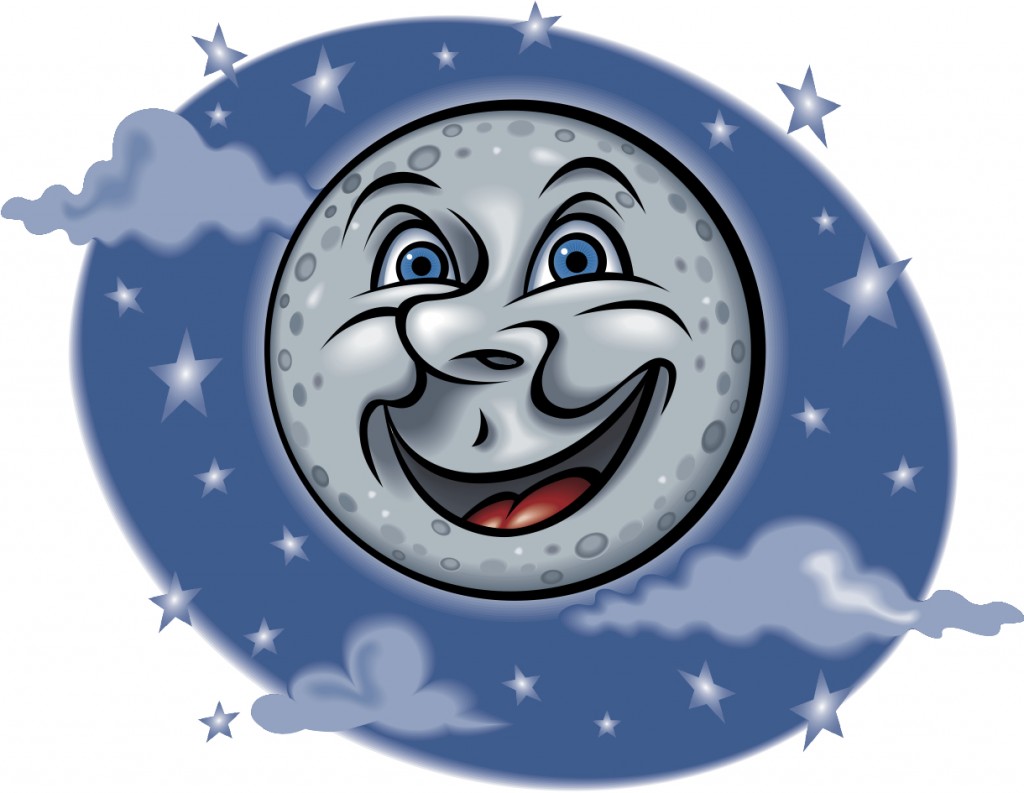Your Night Sky June 19, 2019

Summer Solstice occurs here at 8:54 a.m. on June 21. That’s when we have our longest day and shortest night of the year. Right now the Sun is over our northern sky which is why there is no darkness north of the Arctic Circle. This is due to Earth’s 23.5 degree tilt as it orbits the Sun. If we didn’t have this tilt, the Sun would always be centered along the ecliptic and we wouldn’t have season changes.
The Sun also sets slower this time of year. Have you noticed how long sunset is now? When we were driving home from Colorado Springs, the low bright Sun was glaring into the cars front window for about 1½ hours making driving difficult.
After the solstice, the Sun begins to shift southward in the skies dome. So our days will begin to get shorter. What’s interesting right now is that our latest sunset in this area doesn’t occur until June 27. So even though June 21 is the longest day of the year, it’s not our latest sunset. Also our earliest sunrise actually occurs a few days before the solstice.
What I don’t like about this time of year is that the sky doesn’t get dark enough to view before we go to bed. I don’t stay up late, but we do get up early. If we didn’t have Daylight Savings Time, that wouldn’t be a problem. So my telescope doesn’t go out until August. With all the clouds and snow we’ve had, I didn’t even get to take it out late winter or early spring.
Fortunately bright Jupiter has been out early and easy to view by 9:30. I’ve enjoyed looking at it. It’s in the southeast. The last quarter moon is on June 25, so it will rise later, giving us a dark sky in the evening. The sky won’t be fully dark until after 10 p.m.
On June 23 Mercury reaches its greatest elongation from the Sun at 25 degrees east of the setting Sun. So this is the perfect time to look at it. Even though Mars and Mercury are close together, Mars is three times fainter than Mercury.
Mercury will be visible until July 21. So look an hour after sunset when the sky starts to get dark and they become more visible. They may even be away from the mountain blockage. I haven’t been able to see them yet, but we do have a lot of mountains here in South Fork.



